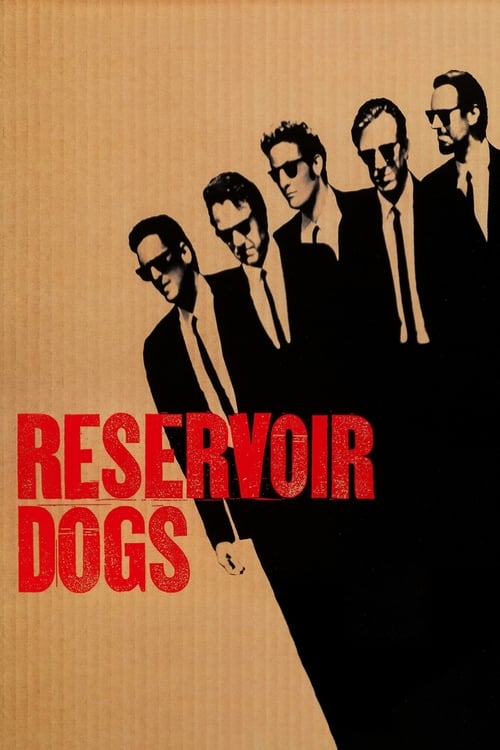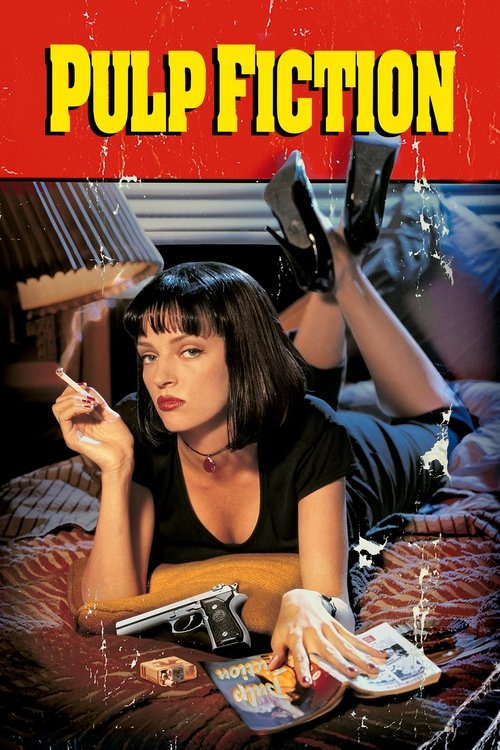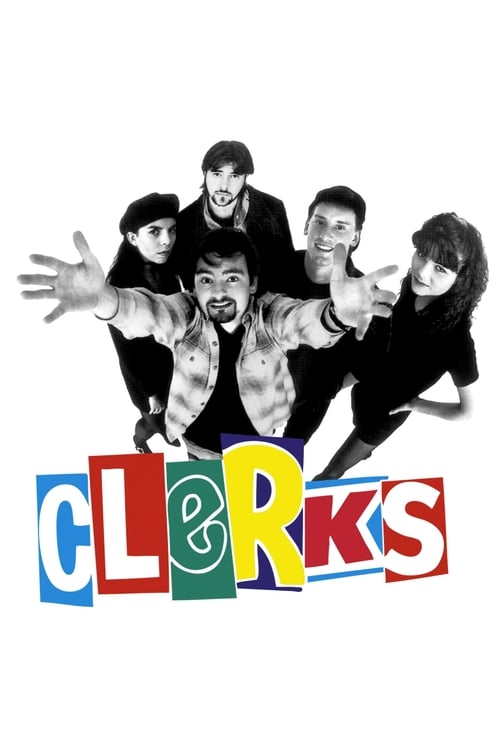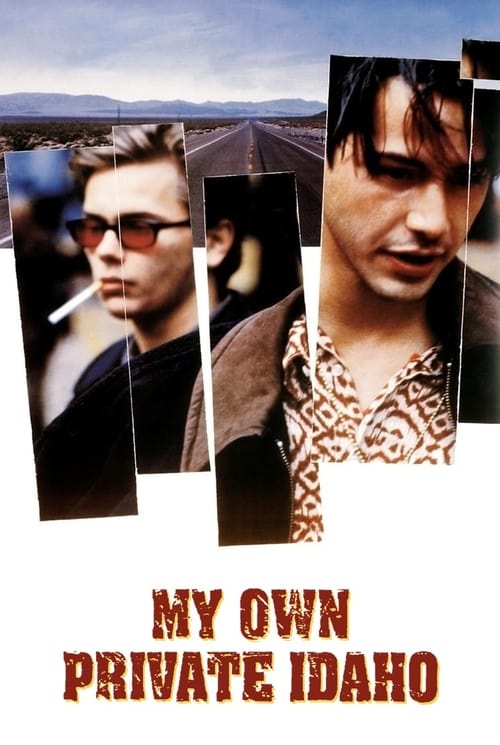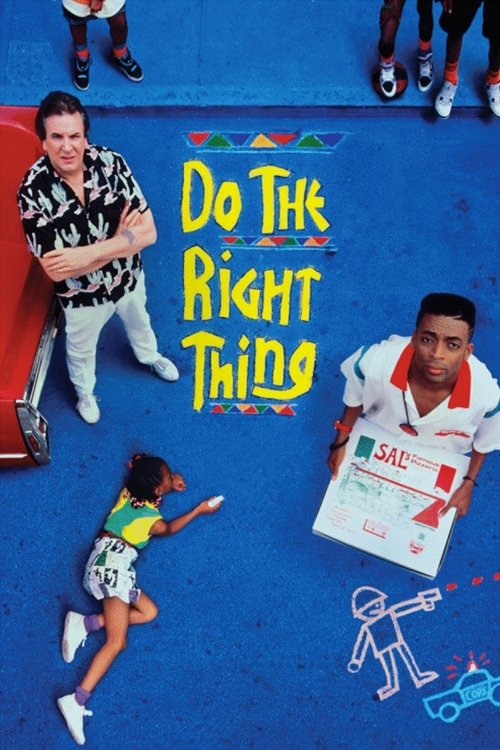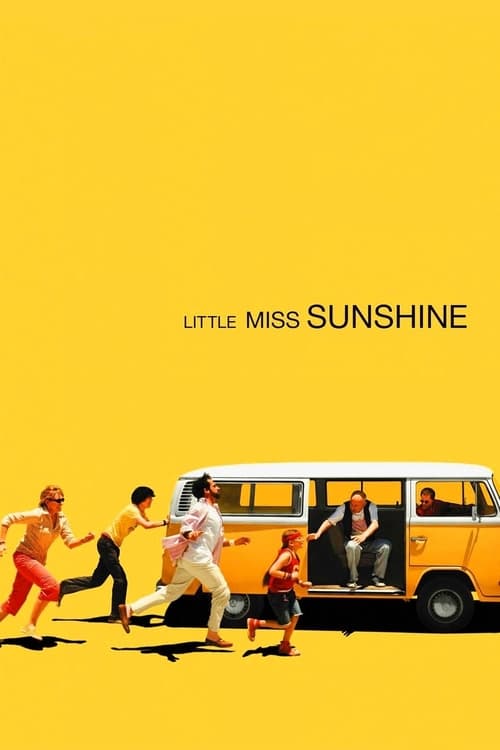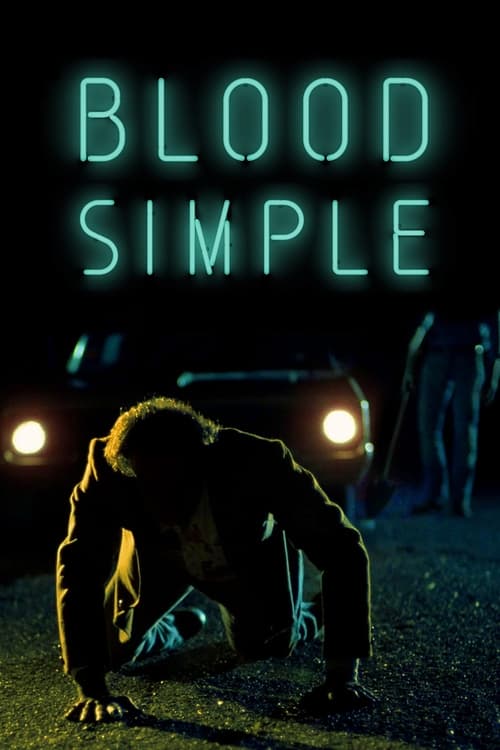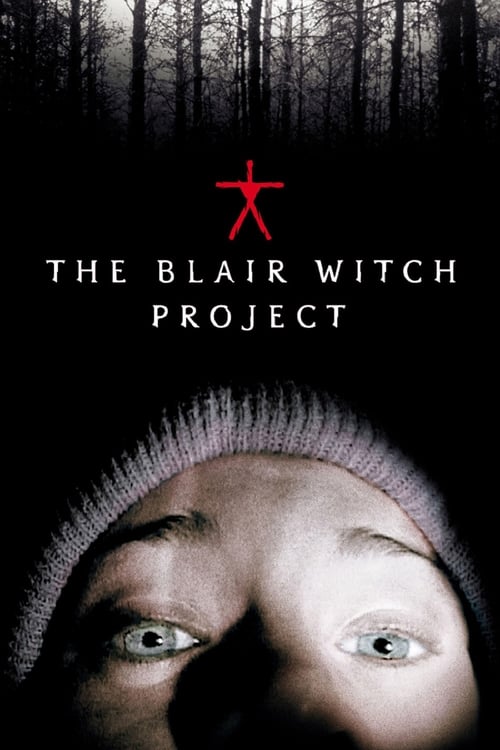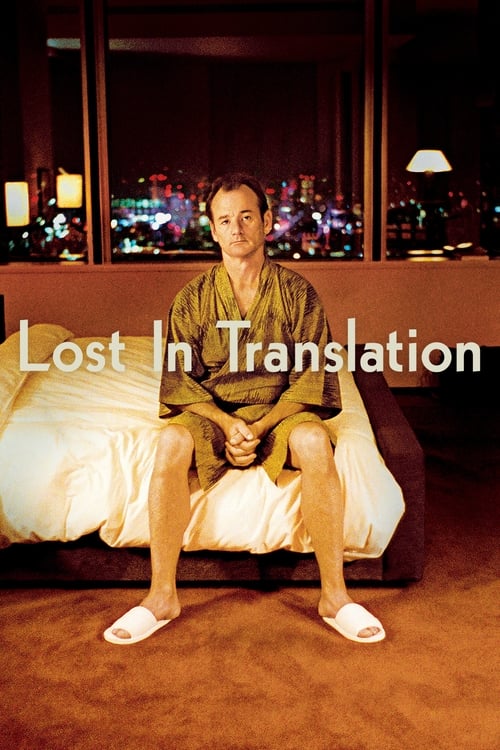Independent Film Renaissance
Breaking free from studios
The 1990s independent film renaissance revolutionized American cinema, creating new storytelling possibilities and launching careers that would reshape Hollywood.
The independent film movement gained unprecedented momentum in 1989 when Steven Soderbergh's "sex, lies, and videotape" won the Palme d'Or at Cannes. Shot for just $1.2 million, the film grossed over $24 million domestically and demonstrated that intimate, character-driven stories could find mainstream success. This watershed moment coincided with the rise of Miramax Films under the Weinstein brothers, who developed a new model for marketing and distributing independent films to wider audiences. The success created a blueprint for indie filmmakers: modest budgets, complex characters, unconventional narratives, and a focus on authentic dialogue over spectacle.
The early 1990s saw the emergence of distinctive new voices who would define the movement. Quentin Tarantino's "Reservoir Dogs" (1992) and "Pulp Fiction" (1994) revolutionized narrative structure and dialogue while demonstrating how independent films could achieve both critical and commercial success. Robert Rodriguez famously made "El Mariachi" for just $7,000, proving that determination could overcome budget limitations. Meanwhile, Richard Linklater's "Slacker" (1990) and Kevin Smith's "Clerks" (1994) showed that regional filmmaking could capture universal experiences while maintaining local authenticity.
Independent filmmakers of this era developed distinctive visual styles that influenced mainstream cinema. Cinematographer Christopher Doyle's work with Gus Van Sant on "My Own Private Idaho" (1991) brought an art house aesthetic to American indie films. The movement embraced handheld cameras, natural lighting, and location shooting out of both necessity and artistic choice. Directors like Spike Lee and Jim Jarmusch demonstrated how technical limitations could become stylistic signatures, while cinematographers like Ellen Kuras ("Swoon") brought new visual approaches to independent storytelling.
The Sundance Film Festival became the movement's crucial launching pad, transforming from a small regional event into the premier showcase for independent cinema. Films like "Little Miss Sunshine" (2006) and "Blood Simple" (1984) demonstrated how Sundance could catapult small films to national attention. The festival's influence extended beyond exhibition, as its labs and workshops nurtured emerging talents like Paul Thomas Anderson and Darren Aronofsky, who would go on to bridge the gap between independent and studio filmmaking.
The advent of digital technology in the late 1990s further democratized independent filmmaking. The Dogme 95 movement, while European in origin, influenced American indies through its emphasis on natural elements and rejection of artificial enhancement. Films like "The Blair Witch Project" (1999) proved that digital video could create compelling cinema while "Pieces of April" (2003) demonstrated how digital technology could capture intimate stories with unprecedented immediacy. This technical revolution reduced barriers to entry and expanded the definition of what constituted "independent" film.
The independent film renaissance permanently altered American cinema's landscape. Major studios created specialty divisions like Fox Searchlight and Focus Features to capitalize on the movement's success. Filmmakers like Sofia Coppola ("Lost in Translation") and Wes Anderson ("Bottle Rocket") developed unique voices that would influence future generations. The movement's emphasis on diverse perspectives and unconventional storytelling opened doors for underrepresented voices and stories that mainstream studios had previously ignored.
More Ideas
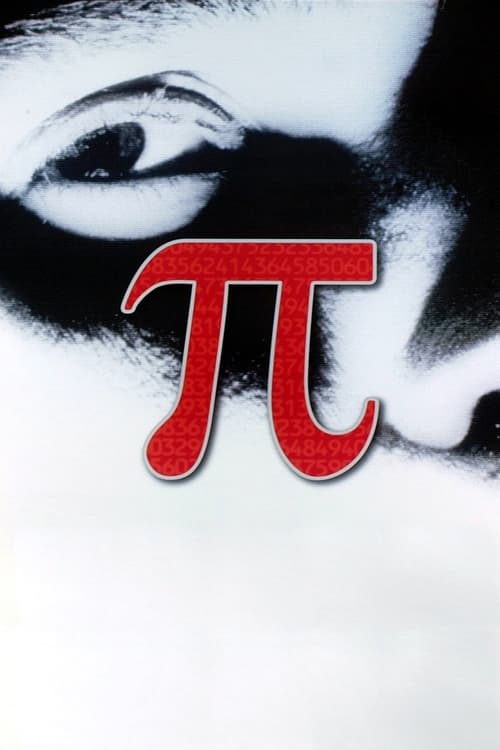
Pi
(1998)
Darren Aronofsky's psychological thriller shot for $60,000
Streaming on Hulu
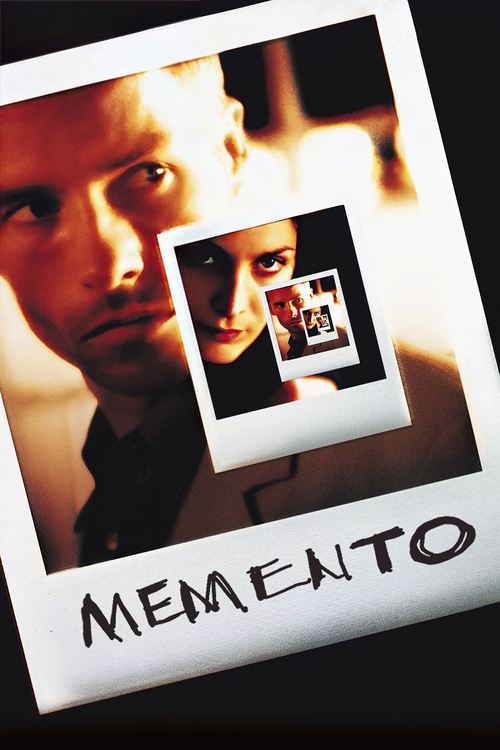
Memento
(2000)
Christopher Nolan's reverse-chronology noir
Streaming on Amazon Prime
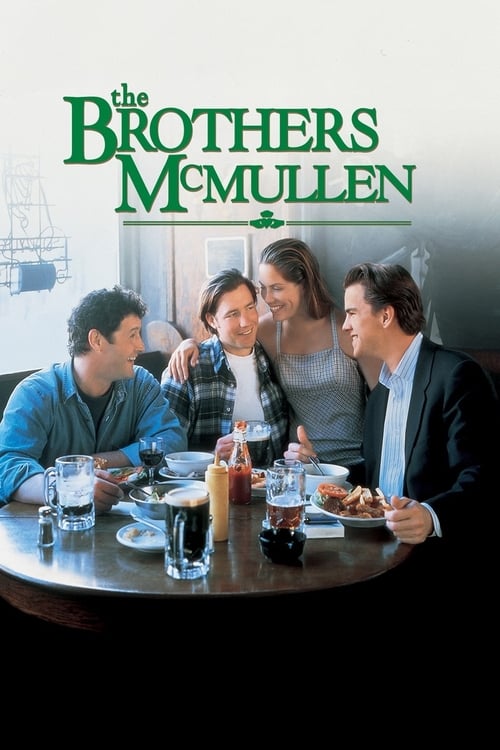
The Brothers McMullen
(1995)
Edward Burns' micro-budget family drama
Streaming on Tubi

Welcome to the Dollhouse
(1995)
Todd Solondz's dark suburban comedy
Streaming on Criterion Channel
More from Hollywood Transformed
WWII & Cinema's War Effort
Movies as propaganda and art
International Cinema Breaks Through
World cinema reaches America
Franchise Filmmaking Dominance
Sequels and shared universes
Streaming Changes Everything
Netflix revolutionizes distribution
Marvel & the Cinematic Universe
Superhero storytelling dominates
A24 & Independent Prestige
Art house meets commercial success
International Streaming Wars
Global content competition
Post-Pandemic Cinema
How COVID changed moviegoing
From Weimar to Hollywood: The Émigré Influence
European artistry in America

